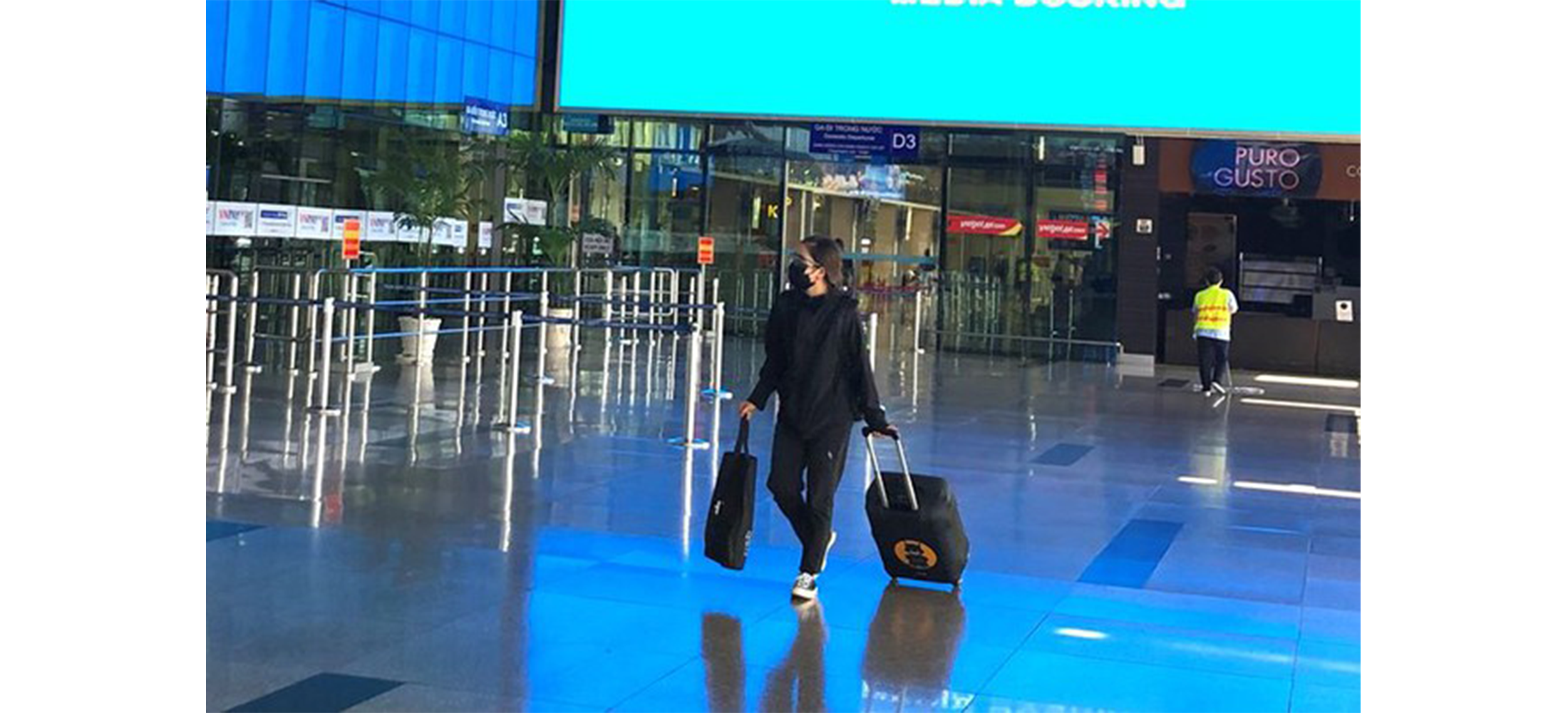
Survive Through CoronaVirus: Better Ways Than Cutting Jobs
5 yearsago 0 Comments 1.6k Views
The philosopher René Descartes’s proposition “I think, therefore I am” is partly reflecting the spirit of most businesses in the present situation. After the initial “anaphylactic shock” due to the COVID-19 epidemic, they have now been forced to find the optimal way to maintain operations if they do not want to sink into crisis or bankruptcy. The Epidemic COVID-19 as a “reagent dose” to test the health of the business community on a global level? How quickly they respond to the crisis is also a measure of their strengths, weaknesses, challenges, and opportunities ahead. In fact, when the epidemic was pushed to the climax, many businesses really took action for their survival.
When the Coronavirus pandemic hit its peak, it froze all economic production activities of almost all Economies because most Governments around the world issued decrees to close national borders and social distancing. “Since no one wants to see unemployment rates rising and economics falling apart long term, we have to create alternatives to the well-known actions in HR to handle ambiguity in regards to tightening our belts as well as reinventing our businesses,”1 says Elizabeth Tafelmeyer, Piktochart’s organizational developer and HR coach. Tafelmeyer also said that being agile and continuous reinvention like Tech Science or Software companies are inevitable to survive long term in competitive markets.
The Coronavirus crisis puts many businesses in a difficult situation when it comes to choosing between balancing their spending budgets, so it is worth considering whether to lay off employees they will need afterward. Because even the epidemic has an expired date, the economy needs to recover quickly from the place it was left behind. Companies should proactively prepare a professional and experienced team to push the business situation back to the initial level within the shortest gap time. Therefore, considering the reduced number of employees is not really an effective method at this time.
Why job cuts are ineffective
During the financial crisis in 2008, many companies faced the same situations as we have at present and decided to cut down the labor force, one of them is the former- giant Nokia telecom. After the act of shutting down the Bochum factory in Germany, Nokia had to face 2,300 angry employees, resulting in street protests and calls for a boycott that hurt Nokia’s image exponentially. The shutdown ultimately cost Nokia $220 million, or more than $88,000 per laid-off employee. Unlike the 2017 crisis, we already know will take a long time to recover, this crisis will not last too long, and companies need to function full time in a short time. Therefore, during this hibernation, businesses need to find a new approach to managing company profitability while keeping their employees engaged.
Finding a new approach
Aviation businesses are probably the ones most affected by the crisis. Responding to Saigon Times Online, a representative of Vietnam Airlines said that the COVID-19 epidemic lasted, causing the entire international route to be temporarily suspended until the end of April 2020. In the domestic market, the delay of student summer vacation to August makes the aviation business have no peak summer period. The company has worked with suppliers and partners in the production chain to receive support, helping to cut costs such as extending, delaying payment time, reducing prices, etc.

Due to reduced revenue, the company had to adjust wages and temporarily apply a special wage policy during a crisis. The company postponed the employment contract of employees for 1-3 months without salary, only go to work 1 week then take 2 weeks off… Up to now, there are 1,400 flight attendants asking to postpone their employee contracts for March, April, and May, accounting for nearly 50% of the total flight attendants. This is just a temporary solution, the company will not dismiss anyone at this difficult time.
In addition to the number of breaks, many attendants work full-time but voluntarily do not receive allowance (this salary accounts for 1/4 of income, about 7-8 million VND a month). Even Managers are restructuring the temporary salary to minimize costs. A representative of Vietnam Airlines said that this volunteering is seen as the spirit of a “bundle of chopsticks”, which is the motivation to help the company overcome difficulties.
Get cost-cutting ideas from employees
Let your employees feel that they are part of the solution by asking them for ideas on cost reductions. You may be surprised at the innovative solutions they come up with. Be clear, however, that you intend to prioritize low capital initiatives that will have a positive impact on cash flow and saving jobs. If you have a highly motivated and committed team, they will want to ensure the company remains afloat throughout the crisis and will be willing to contribute in some form with ideas for cost-cutting.
Search for state business support funds
Each country offers support packages for businesses to remain active during this time. For example, Vietnam’s Prime Minister issued Directive 11 / CT-TTG on March 4, 2020, on urgent tasks and solutions to remove difficulties for enterprise, ensure social security in response to the COVID-19 (package worth VND 250 trillion). In addition, the state also provides tax support, late payment of social insurance premiums, or loans to pay workers’ wages. On the side of the workers, there are also National packages of unemployment loans, allowance.
Innovating business forms
Every crisis has branches that are exploding because of increased needs. Healthcare, pharmacies, delivery services–these are just some examples. In Vietnam, the im-export of fine art wooden furniture has also been frozen due to the “border closure” policy. The most optimistic point today is that Vietnam’s timber industry is likely to break out when the Chinese market (the biggest competitor) is “frozen” due to disease. But opportunities are only opportunities if businesses are unable to connect with customers because of the translation.
Recently, the participation in the fair has been delayed, some other export members of Hawa (Ho Chi Minh City Association of Fine Arts and Wood Processing) have tested the e-commerce model, combined with virtual reality (VR) to introduce products to customers. This website is exactly like a booth displayed at the fair. Foreign buyers only need to sit on the computer to see all the models that the furniture business displays and tour the factory in 3D. Customers will be provided measurement parameters if they need to buy.

Conclusion
Looking back at how businesses cope during this epidemic is also a measure of their viability. Despite the fluctuations, businesses should still focus on their most important resource, which is workers. If they can work through this difficult time together and seize the opportunities to innovate in the way they operate, they will become stronger.
According to Piktochart, Brands Vietnam
——————–

How do you think about this article? Please share it with us via the comment section below.
PRIMUS – TOP MANAGEMENT JOBS ONLY




